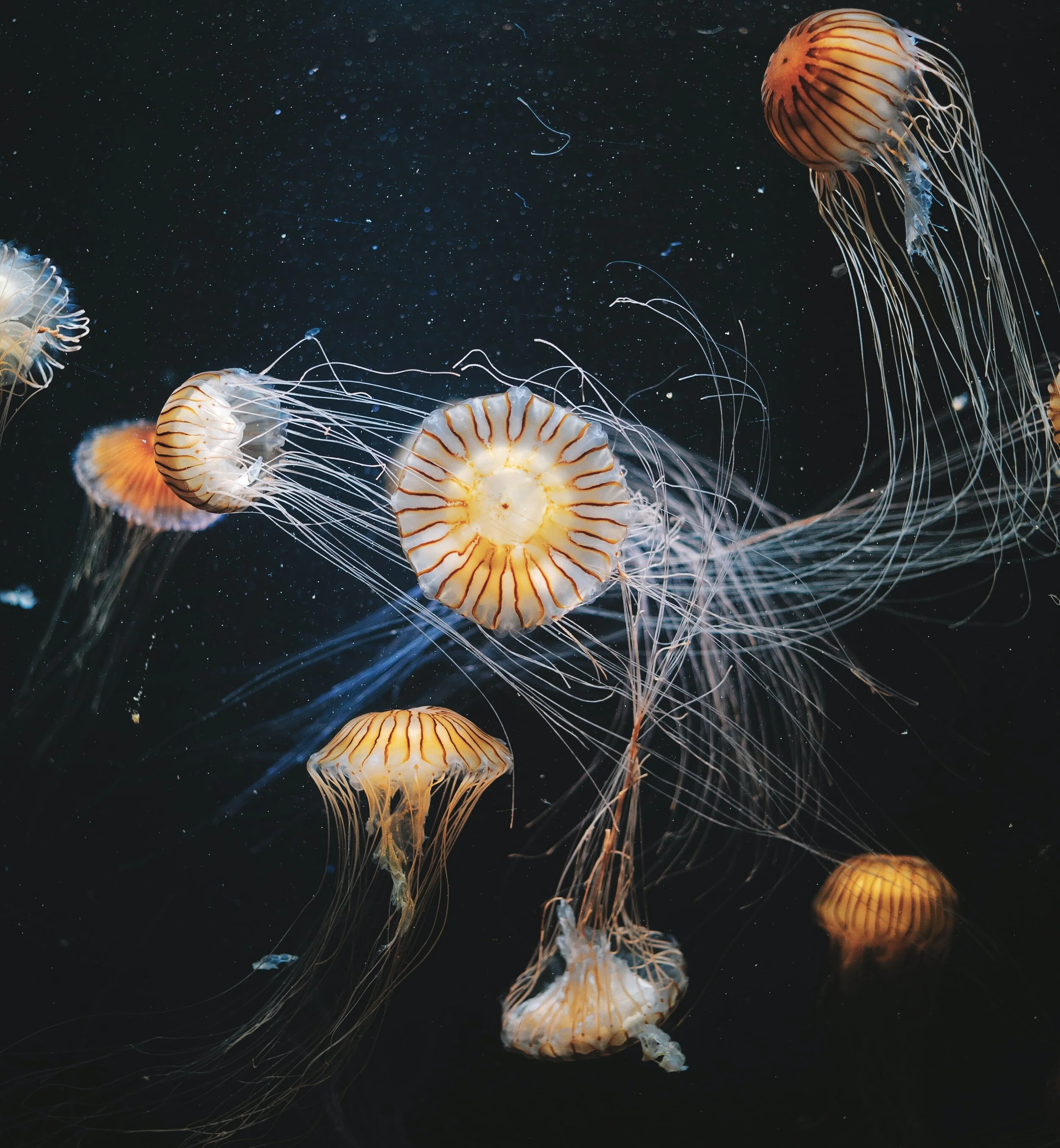
Unit 27: Pressure & Manometers
Practice Problems

Note: problem difficulty is ranked using a star system.
(*) One-star problems are fundamental to the unit, and can be done relatively quickly. Use these problems to introduce yourself to the material.
(**) Two-star problems are more difficult, and require an understanding of one or two key concepts. Use these problems to test your understanding of the material.
(***) Three-star problems are the most difficult, and require some creative thinking in addition to a deep familiarity with multiple key concepts. Use these problems to challenge yourself; if you can complete one of these, you’re on your way to mastering the material.
*Q27.1) Convert 1.5 atm of pressure to the following units:
a) Pascals
b) Kilopascals
c) Bar
d) Psi
e) mmHg
*Q27.2) Describe the difference between an absolute pressure and a gauge pressure. What’s the absolute pressure of the atmosphere at sea level? What’s the gauge pressure of the atmosphere at sea level? If a gas is pressurized to 180 kPa of absolute pressure, what’s the gauge pressure of the gas (in kPa)?
*Q27.3) How deep below the surface of the ocean would you have to dive for the absolute pressure to reach twice that of the surface?
**Q27.4) Determine the unknown gas pressure (both gauge and absolute) using the manometer shown below:
**Q27.5) Two manometers are connected to a container of pressurized gas as shown below. Determine the density of the unknown liquid in the manometer on the right.
***Q27.6) A manometer contains three immiscible liquids as shown below. Determine the pressure difference P₁ - P₂.



